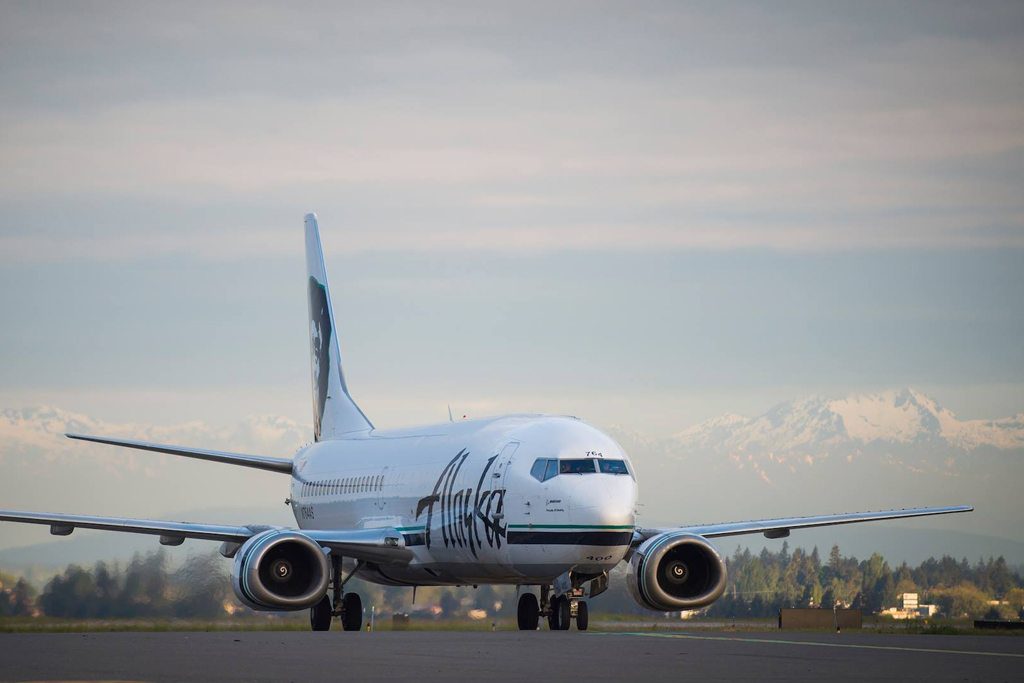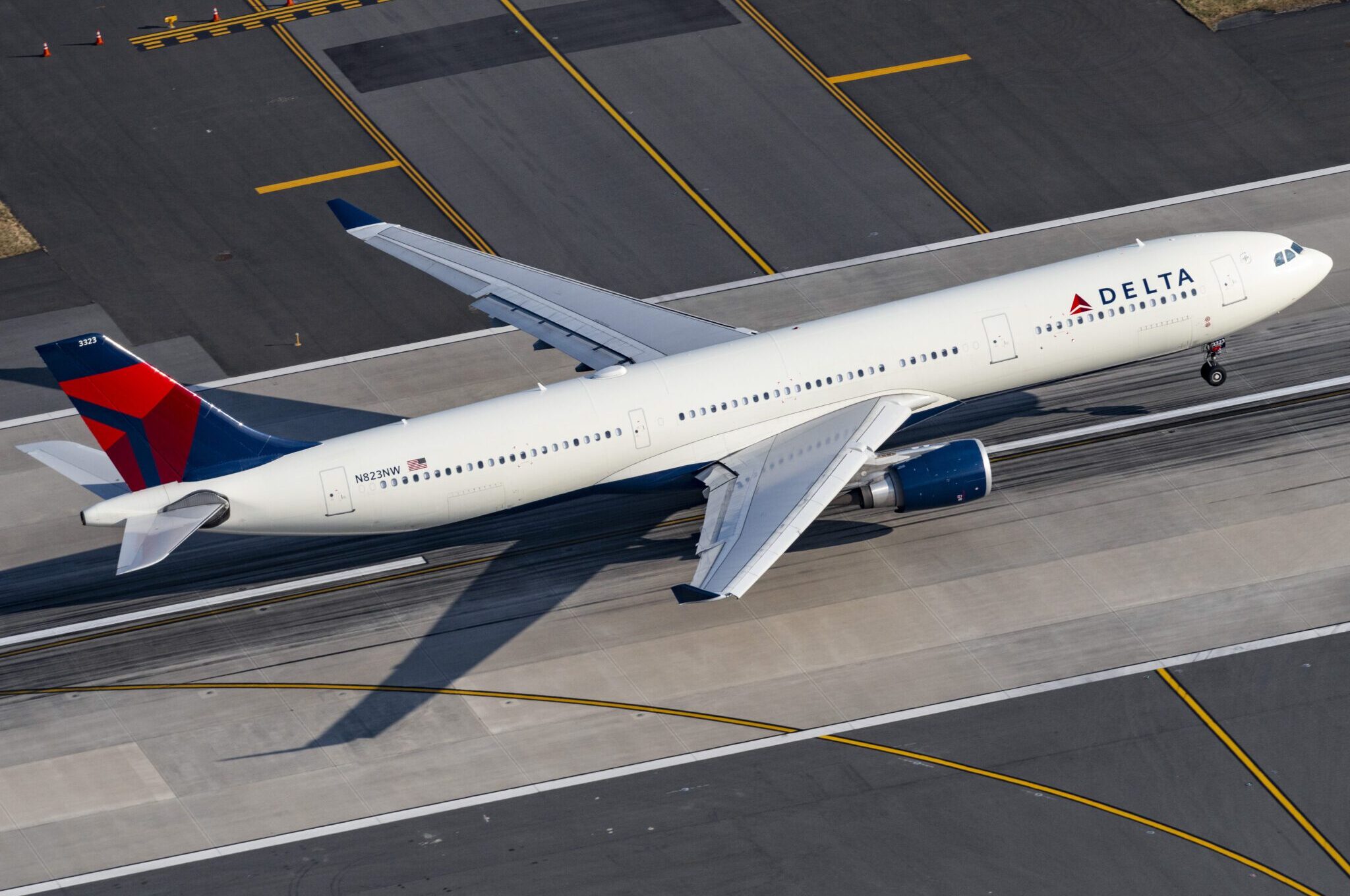Alaska Airlines Will Finally Add Speedy Wi-Fi on All of Its Big Jets

Skift Take
Fast Wi-Fi is finally coming to all Alaska Airlines and Virgin America planes, though passengers will have to wait almost three years before they'll be guaranteed they can stream content from services like Netflix, Hulu, and HBO Go at 30,000 feet.
Alaska said Tuesday it will install Gogo's 2KU satellite-based service on its Airbus and Boeing aircraft, with installations set to begin early next year. The airline said its Boeing 737s —they're operated by the Alaska side of the company — will start getting it first, with about 40-50 aircraft outfitted by the end of 2018.
It promised satellite Wi-Fi will be on all of its large jets, including Virgin America's A319s, A320s and A321s, by "early" 2020. Smaller regional jets operated by Horizon Air and SkyWest will retain an older-generation Gogo product that does not allow video streaming.
The decision is a blow to Gogo's main U.S. competitor, ViaSat, which in 2015 won a contract to provide fast satellite-based Wi-Fi on 10 new Virgin America aircraft. Alaska said Tuesday it will eventually drop ViaSat, even though it is already available on some Virgin America jets. JetBlue Airways, United Airlines and American Airlines remain major ViaSat customers. A ViaSat spokeswoman did not immediately reply to a request for comment.
Slow to React
Before acquiring tech-focused Virgin America, Alaska was slower to focus on Wi-Fi than many of its competitors, with the airline until now content to stick with Gogo's ATG and ATG4 service, both of which have limited bandwidth.
The older platforms rely on ground-based cell towers, and they do not work on Alaska's flights to Hawaii, nor on some routes to rural Alaska. Many carriers, including American Airlines and Delta Air Lines, are well into projects to remove Gogo's older systems and replace them with satellite Wi-Fi, both from Gogo and ViaSat.
In a statement Tuesday, Alaska Chief Commericial Officer Andrew Harrison said the airline wanted to be methodical with its choice.
"We conducted an extensive review to find a satellite Wi-Fi solution that will allow us to give our guests full coverage across our route map, including in the state of Alaska and on flights to Hawaii," he said.
better experience at cheaper price
For passengers, the experience will be far better than today on most Alaska and Virgin America jets. Gogo has said its 2KU service delivers up to 70 megabits per second to the aircraft, about seven times more than the company's ATG4 service, available on most Virgin America and Alaska planes.
The new 2KU Wi-Fi is also roughly 20 times faster than Gogo's original ATG service, which Alaska still has on a "handful of planes," Gogo spokesman Steve Nolan said in an email.
In addition to faster speeds, Gogo's 2KU has other advantages over ATG. Customers may use it from gate to gate, rather than only when the plane is above 10,000 feet. And it's often priced at cheaper rates than the older system because Gogo has more bandwidth to sell. With the cell tower-based platform, Gogo often raised prices so it can ration bandwidth. It's too early to know exact pricing for Alaska's 2KU Wi-Fi, but the airline said "guests can expect that prices will be lower than they are today."
Also on Tuesday, Alaska announced it had made two passenger experience-related changes at Virgin America. It said customers may now use chat apps, such as iMessage, WhatsApp, and Facebook Messenger, for free. It also said in-flight entertainment on Virgin America in-seat screens is now free. Since early this year, Alaska has offered free messaging and entertainment on its planes.




